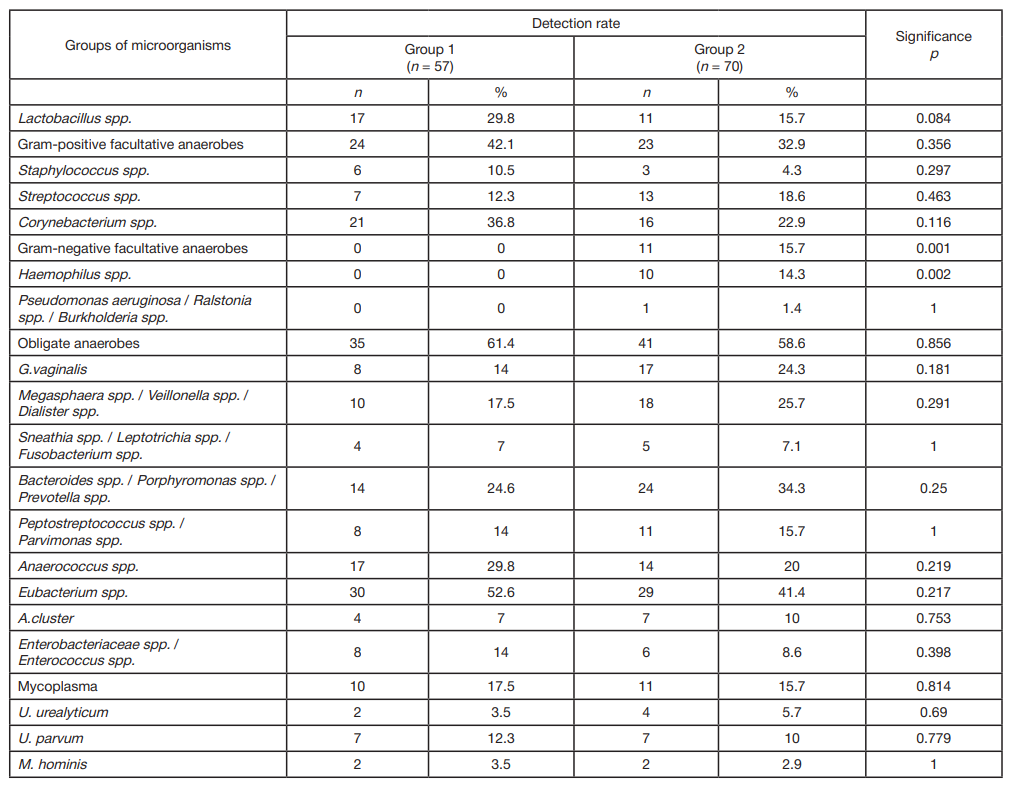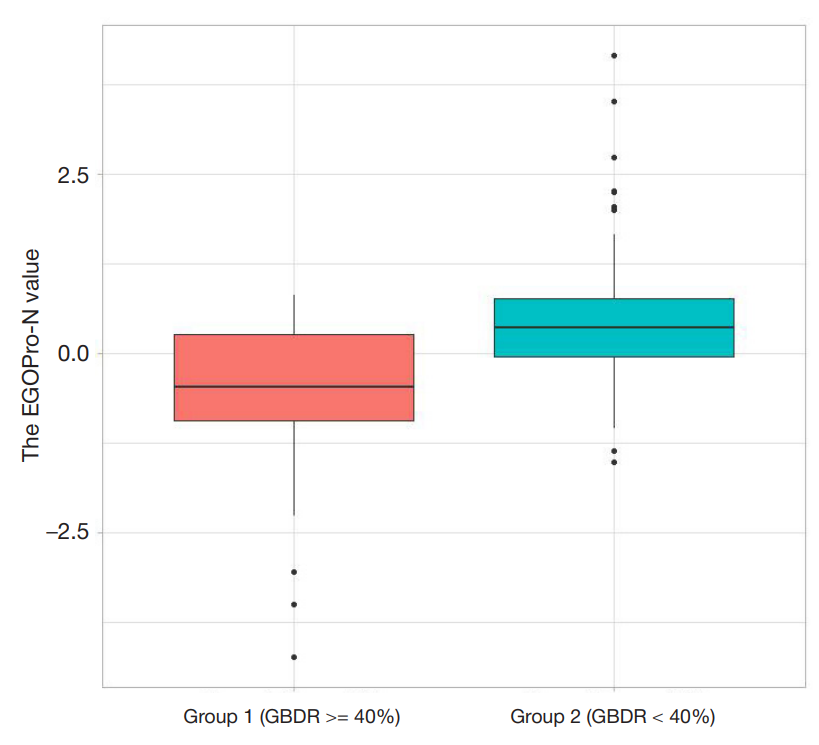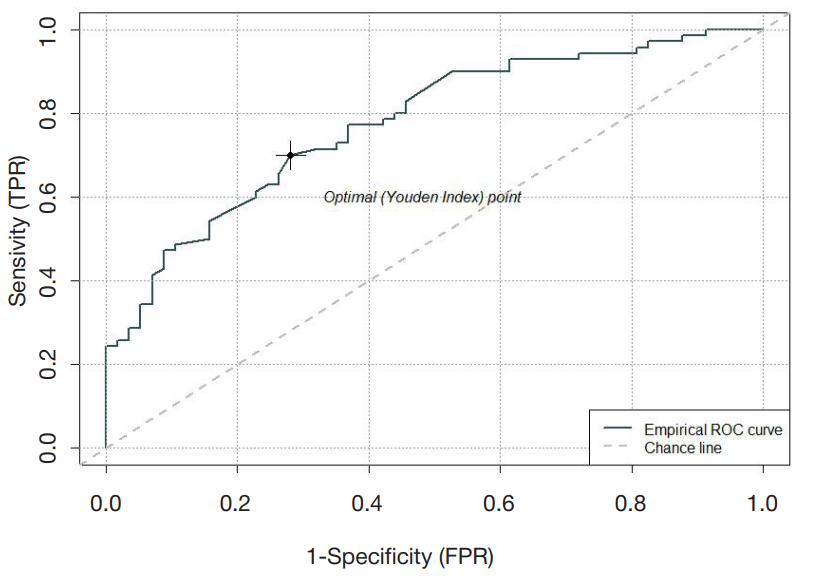
This article is an open access article distributed under the terms and conditions of the Creative Commons Attribution license (CC BY).
ORIGINAL RESEARCH
Predicting the blastocyst development rate during assisted reproductive technologies based on semen microbiota
1 Ural State Medical University of the Ministry of Health of Russian Federation, Yekaterinburg, Russia
2 Medical Center “Garmonia”, Yekaterinburg, Russia
Correspondence should be addressed: Еkaterina S. Voroshilina
Tveritina, 16, Yekaterinburg, 620100, Russia; moc.liamg@anilihsorov
Acknowledgments: the authors would like to thank VN Khayutin, director of "Garmonia" Medical Center, for allowing them to conduct the study in the clinic's laboratory department.
Author contribution: Panacheva EA — organization of the study, data analysis, conducting PCR tests, article authoring, Kudryavtseva EV, Zornikov DL — statistical processing, data analysis, article authoring; Plotko EE, Petrov VM —data analysis, article authoring; Voroshilina ES — organization of the study, conducting PCR tests, data analysis, article authoring.
Compliance with ethical standards: the study was approved by the Ethics Committee of Ural State Medical University, Federal State Budget Educational Institution of Higher Education under the Ministry of Health of the Russian Federation (Protocol № 7 of September 20, 2019). All patients signed the informed written consent to participation in the study.





